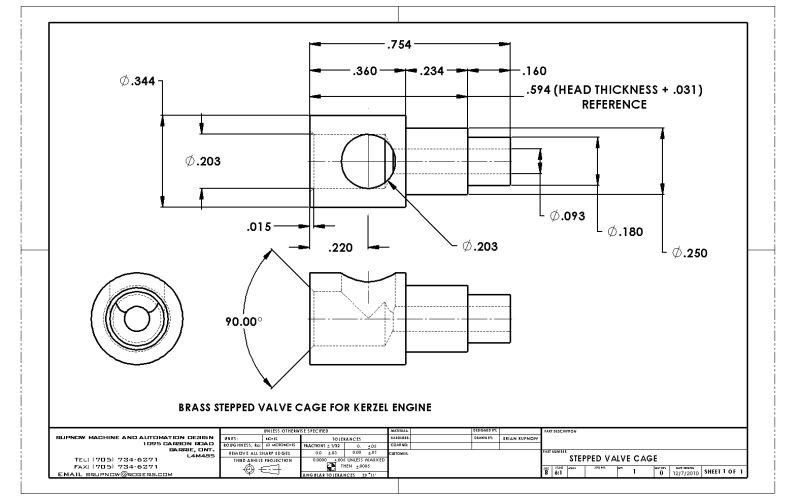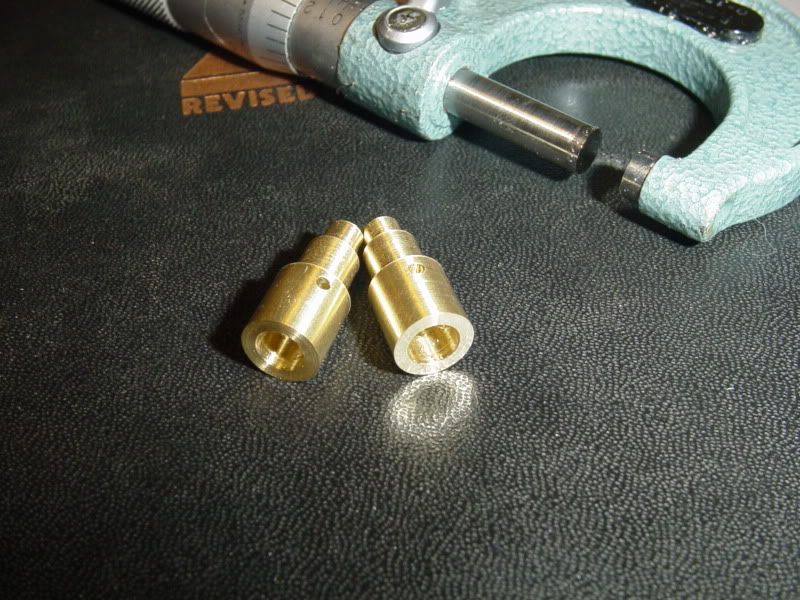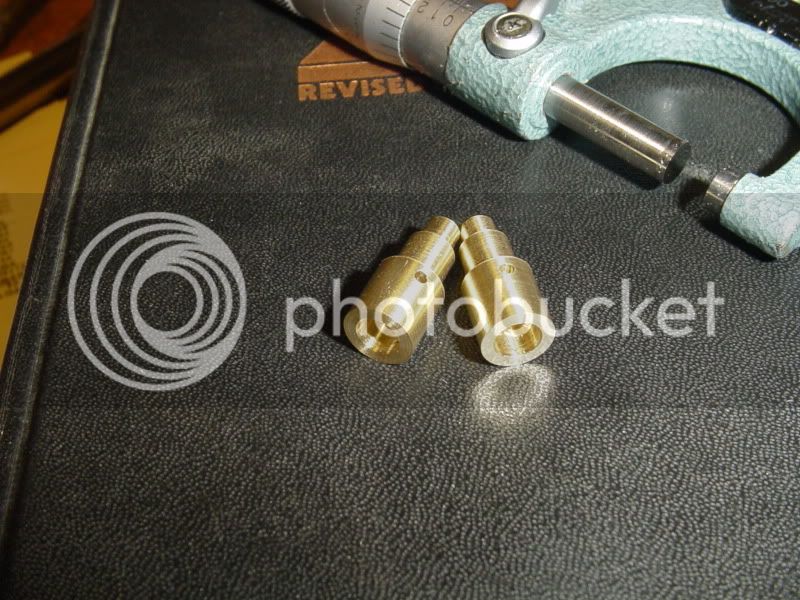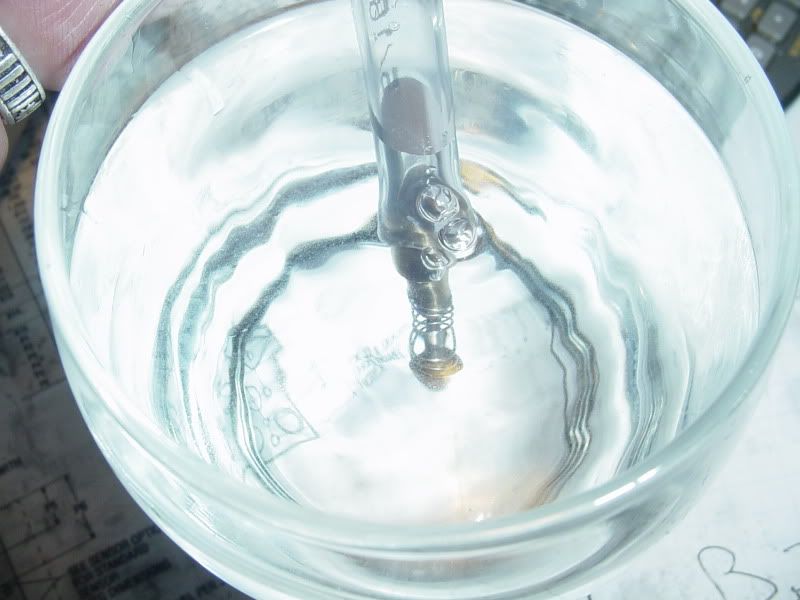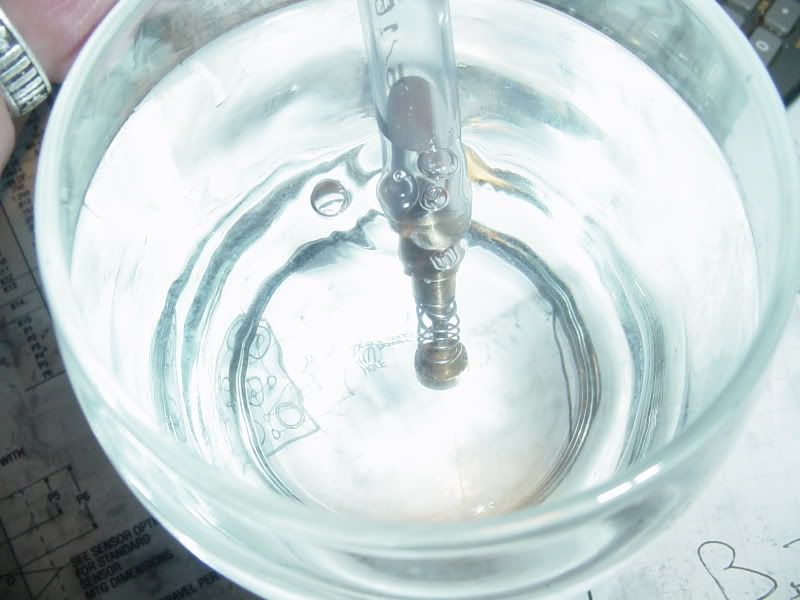tel
Well-Known Member
- Joined
- Feb 8, 2008
- Messages
- 3,293
- Reaction score
- 45
;D 'round this way we say 'tight as a fish's a**e'
Thinking over your woes tho tho Brian, I have got to wondering whether your changing the points set up to the 'other' side, where it is working on a 360° cycle, rather than a 720° has something to do with your problem.
Thinking over your woes tho tho Brian, I have got to wondering whether your changing the points set up to the 'other' side, where it is working on a 360° cycle, rather than a 720° has something to do with your problem.





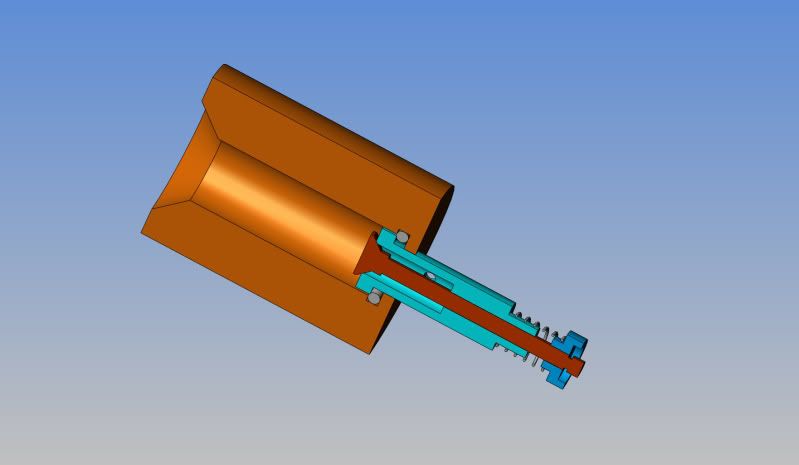

![DreamPlan Home Design and Landscaping Software Free for Windows [PC Download]](https://m.media-amazon.com/images/I/51kvZH2dVLL._SL500_.jpg)
![MeshMagic 3D Free 3D Modeling Software [Download]](https://m.media-amazon.com/images/I/B1U+p8ewjGS._SL500_.png)






















































